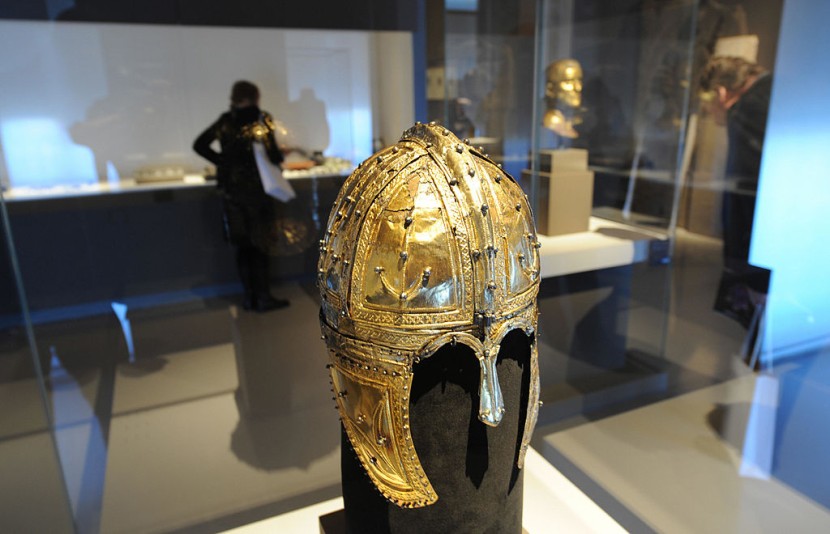
A lost Medieval art that used Zwischgold was studied to examine the material: a super thin metal foil with a gold layer on top and a silver base for cladding sculptures.
A Cutting Edge Ancient Art
Only 2D cross-sections of the materials had previously been examined, but in the new study, investigators were able to generate 3D depictions of Zwischgold for the very first time, uncovering how it had been put together or why scholars could face obstacles while preserving feudal art, reported Science Alert.
The four 15th-century specimens investigated should include one from an altarpiece previously residing in a mountain church on Alp Leiggern in Valais, Switzerland, and currently on exhibition in the Swiss National Museum (Landesmuseum Zürich).
Although the material was widely used in the Middle Ages, little was known about it before, as said by physicist Benjamin Watts of the Paul Scherrer Institute in Switzerland.
Scientists utilize ptychographic tomography, an innovative microscopy imaging technique, to evaluate the samples in 3D. It lights up X-rays through a sample of the material to produce diffraction patterns, which are shadows of different intensities.
By adjusting the imaging technique and combining different diffraction patterns, it is feasible to reveal details as small as millionths of a millimeter.
They describe it as a "giant Sudoku puzzle," for each supplemental image steadily uncovering the entire representation of an object with Zwischgold.
The tests revealed a gold layer approximately 30 nanometers thick, finely and uniformly spread above a silver base layer. In contrast, the thicknesses of contemporary samples measured during the same study area ranged from 48 to 82 nanometers.
Pure gold leaf manufactured in the Medieval Era without the silver might have measured about 140 nanometers, so the material would have been less expensive to produce as used in this Medieval art.
It was not easy to make because it required tools and containers with other materials to insert the foil. Gold and silver were pounded together to make a single foil.
For the age, the sculptor and guilders; both elements were of regular forms when pressed.
It required the expertise of a specialist as this was not a job that just anyone could have done and a job that was almost certainly kept secret, citing Head Topics.
It was also a structure to consider aspects of the figures covered in gold leaf and those that had to settle for layered material.
Further Studies in Zwishgold
Art historian Qing Wu, from Zurich University, added it was not thought the technology was advanced for its time. He added metalworking and artisanship were advanced in the Dark Ages.
The 3D images captured as part of this research expose one of the disadvantages of working with Zwischgold, despite the low cost: the silver in the combination moves fast at room temperature, and it can coat the gold in days.
If silver is exposed to airborne water and sulfur, it rusts; the corrosion brings more silver to the surface, and the substance abruptly turns black. A resin varnish would protect the foil but would not last long.
Any attempt to fix it would ruin the artwork, per Nanoscale. This lost Medieval art with Zwischgold was specialized and remained a mystery until studies were done.
Related Article: Remnants of 1 Million-Year-Old Genetic Material Found Preserved in the Frozen Arctic by Scientists
© 2025 HNGN, All rights reserved. Do not reproduce without permission.








